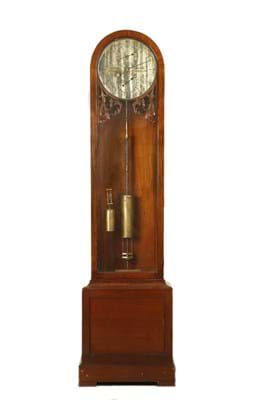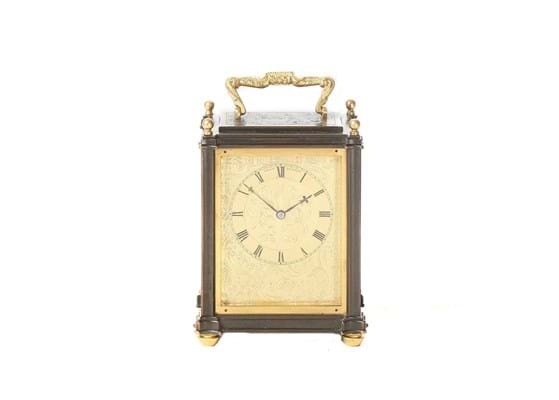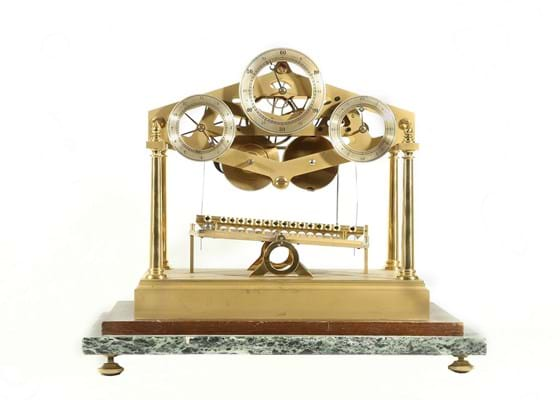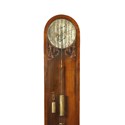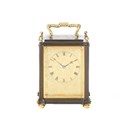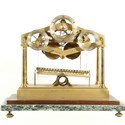The occupants are being informed they need to move out for a multi-billion-pound refurbishment project to take place, but one familiar feature will hopefully stay in place as it has done since 1859: Big Ben.
Big Ben is the familiar name for the Great Bell housed in the Elizabeth Tower, but the term is often used to refer to the Great Clock itself and indeed the whole tower.
The clockmaker Edward Dent (1790-1853), who was royal clockmaker to Her Majesty Queen Victoria and HRH Albert Prince of Wales, won the commission by the Houses of Parliament to make what was to become one of the most famous clocks in the world in 1852. Sadly he died while working on the project and it was subsequently completed by his stepson.
Three Dent clocks on a different scale – and price range – are on offer at Chiswick Auctions’ European Works of Art and Clocks sale on Tuesday, September 13.
The first of the three clocks by him in this west London sale is a 19th century mahogany astronomical regulator dating from c.1861-64, which has been in the same family for the last 60 years.
It has a 24-hour subsidiary dial, typical of Dent’s astronomical regulators, and was produced just a couple of years before he installed the Great Clock. Its silvered dial is signed Dent by Royal Warrant 34 Cockspur Street, 33669 and the auction estimate is £7000-10,000.
The second clock by Dent is a 19th century English gilt and bronze fuse carriage timepiece. Its sides, back and top are engraved with scrolling foliage, rocailles (shells) and ho-ho birds. It also features a Rococo-style swing gilt swing handle and four finials. Its gilt dial has similar decorative engraving and its Roman chapter is signed Dent. It is estimated at £1500-2000.
The third is a 20th century brass Congreve clock, designed by Andrew Fell, the first principal of the National College of Horology, founded in 1947. He produced the clock for Dent and Company and it was retailed by Charles Frodsham. The clock is number 42 of 150 examples and is a reproduction of Sir William Congreve’s original rolling ball clock, which he patented in 1808. The piece is estimated to fetch £5000-8000.
As well as the Great Clock, Dent made the Standard Clock at the Royal Observatory, Greenwich, which was to keep Greenwich Mean Time, the time to which all others in the Empire were referred (better known today as GMT). Dent’s clock continued to do so until replaced by an electronic clock in 1946.


